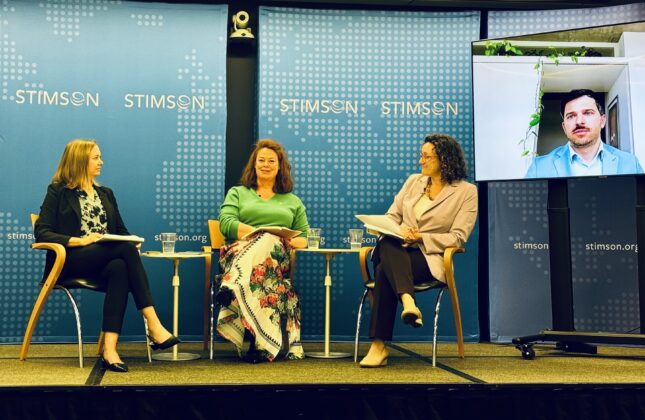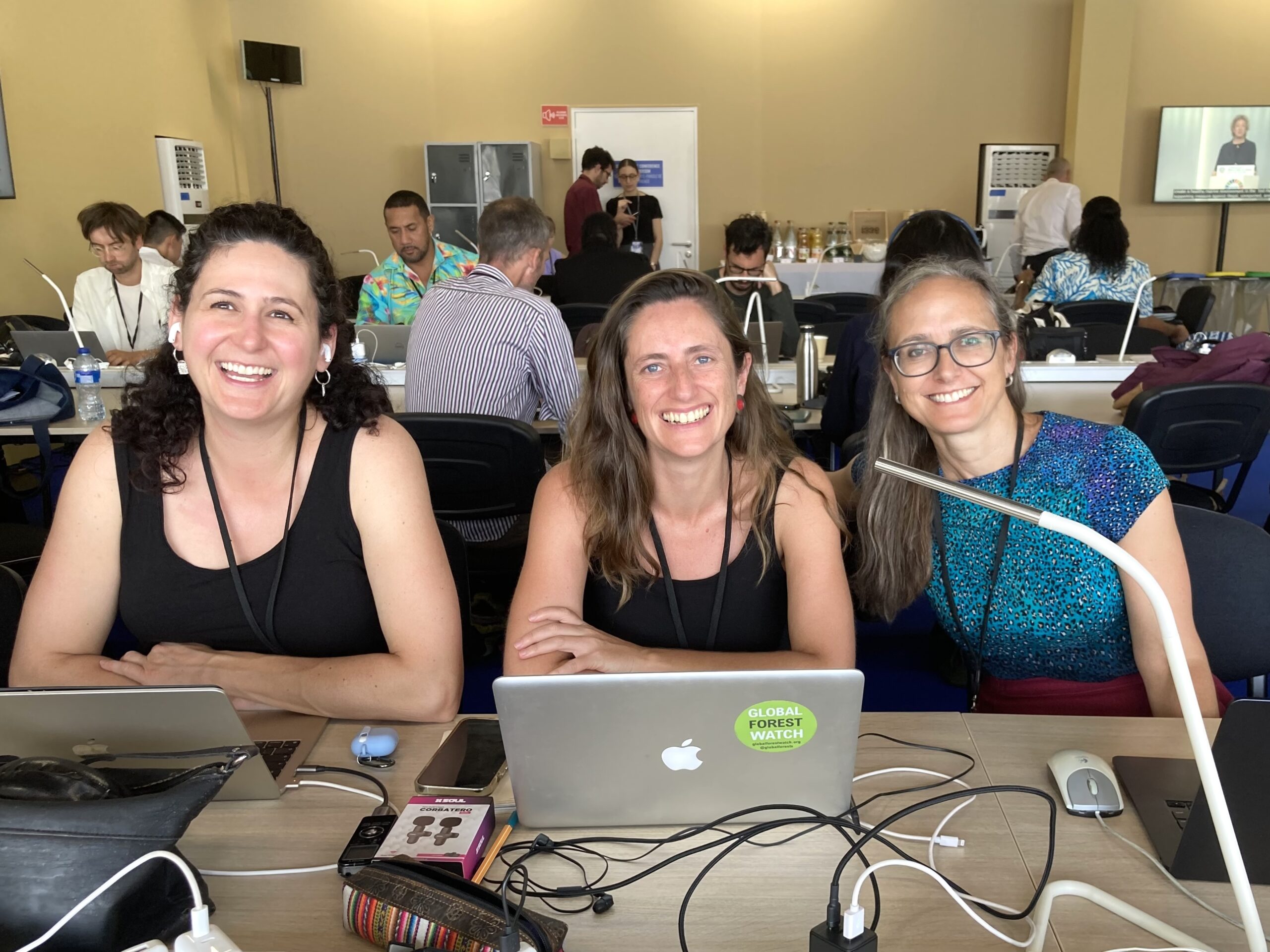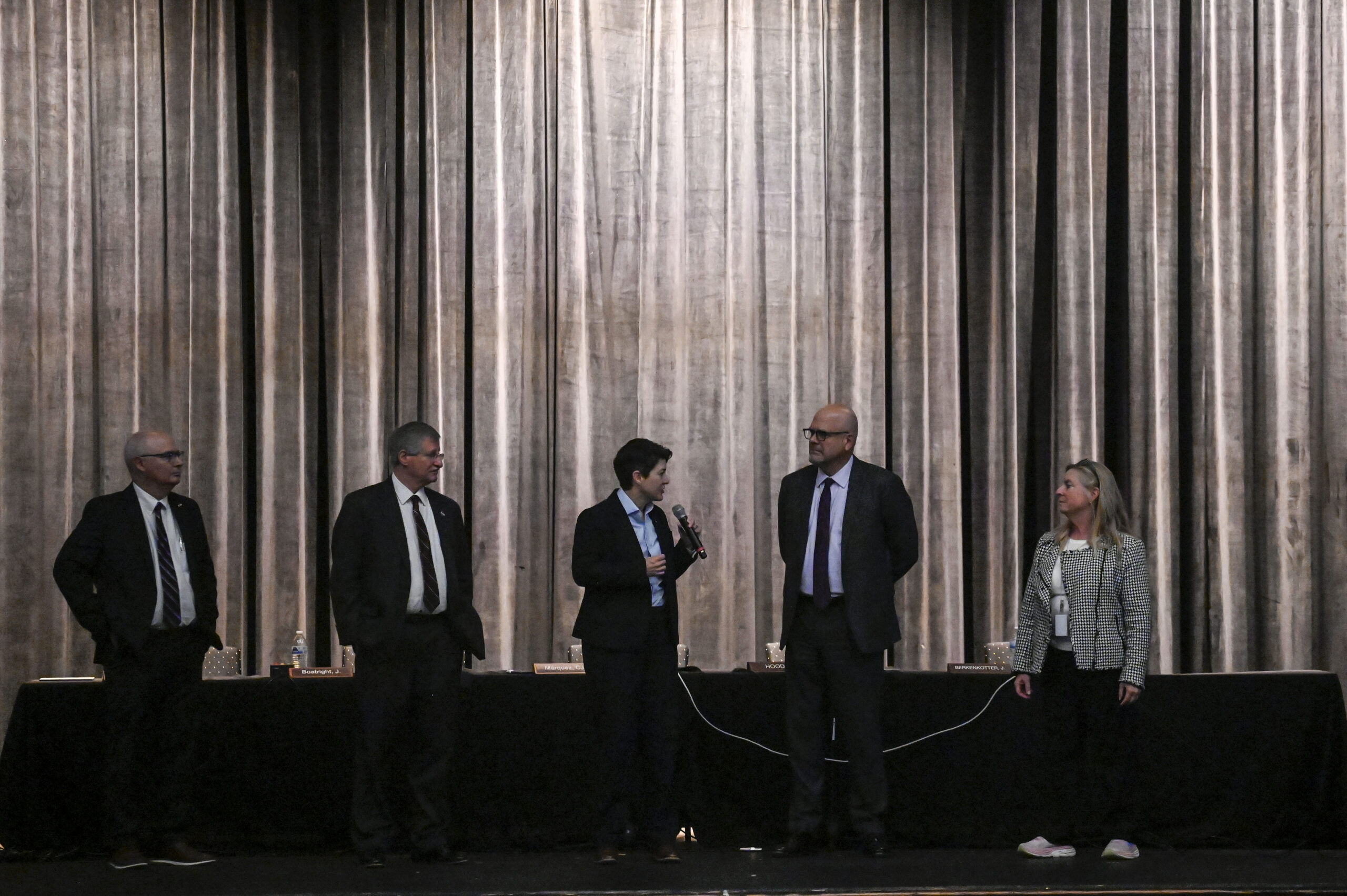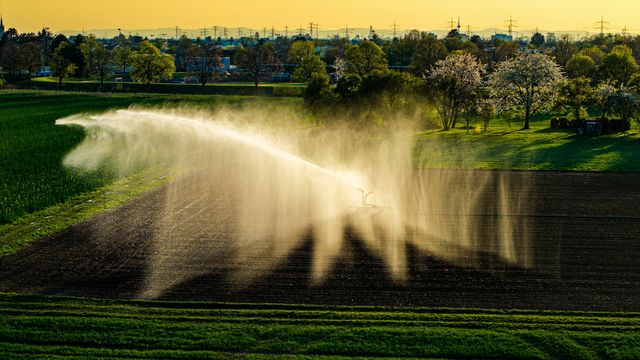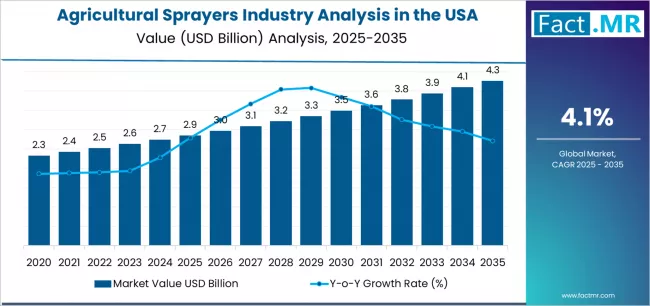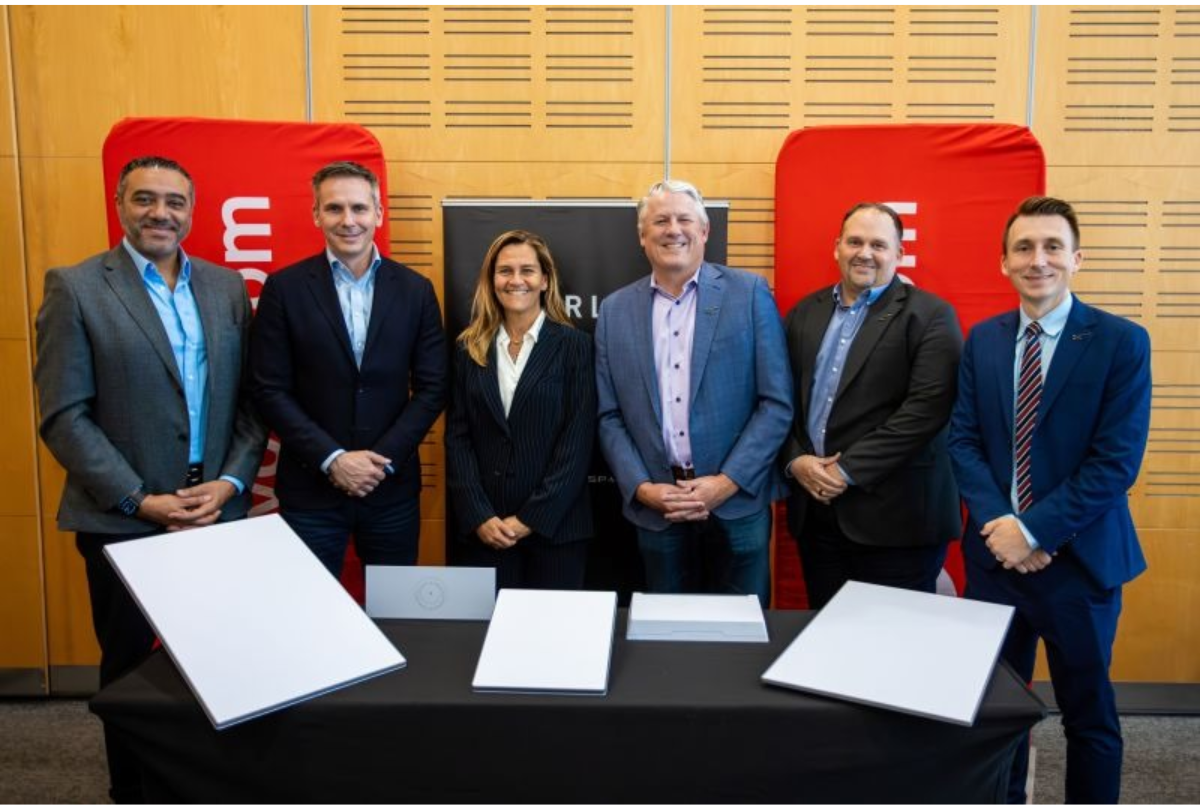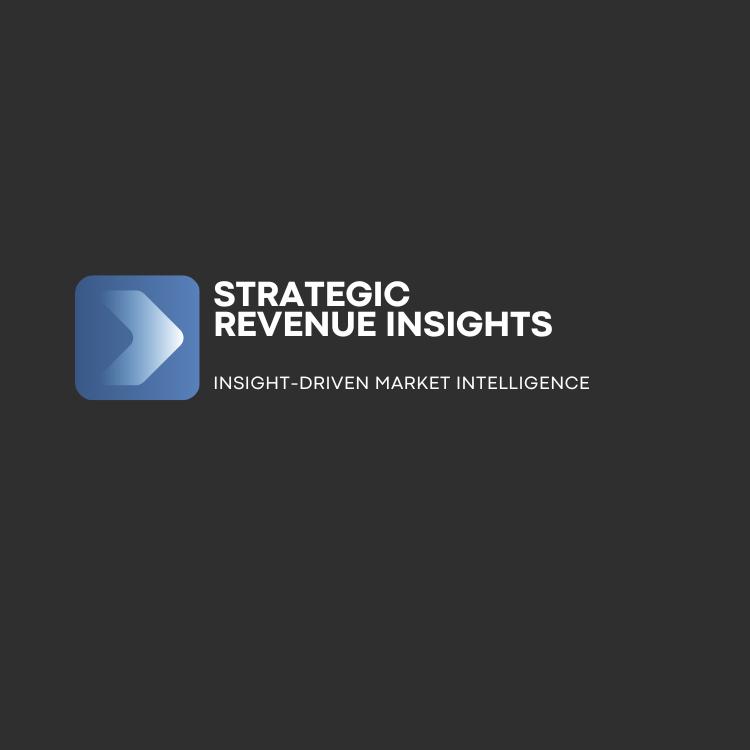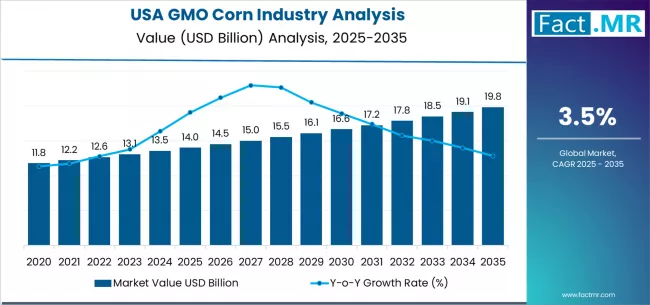California Farmers Identify a Hot New Cash Crop – Food Manufacturing

Report on the Integration of Solar Energy in Agriculture to Advance Sustainable Development Goals
Introduction: A Synthesis of Agriculture and Renewable Energy
Agricultural communities, particularly in regions like California’s Central Valley, face mounting pressures from climate change and economic volatility. These challenges threaten not only the livelihoods of farmers but also progress toward several United Nations Sustainable Development Goals (SDGs). The integration of solar energy production onto farmland presents a strategic opportunity to address these issues, creating a complementary system that enhances economic resilience, promotes clean energy, and supports sustainable resource management. This report analyzes the impact of solar installations on agricultural land, with a specific focus on its contributions to achieving key SDGs.
Challenges to Agricultural Sustainability and the SDGs
The agricultural sector in California’s Central Valley, a region responsible for a quarter of the United States’ food supply, is confronting significant environmental and economic hurdles that directly impact global sustainability targets.
Threats to SDG 2 (Zero Hunger) and SDG 8 (Decent Work and Economic Growth)
Farmers are experiencing increasing operational difficulties due to a combination of factors:
- Persistent drought conditions
- Rising production costs
- Decreasing water availability
These pressures jeopardize the financial viability of farms, threatening the stable supply of food (SDG 2) and undermining the economic foundation of rural communities (SDG 8).
Implications for SDG 6 (Clean Water and Sanitation)
The Central Valley’s immense productivity is dependent on intensive irrigation. However, climate change and regulatory measures, such as California’s Sustainable Groundwater Management Act, mandate significant reductions in water consumption. This creates a direct conflict between traditional agricultural practices and the imperative for sustainable water management as outlined in SDG 6.
Solar Integration as a Catalyst for Sustainable Development
The adoption of solar technology on farms offers a pathway to mitigate these challenges. A 2022 U.S. Department of Agriculture survey identified approximately 117,000 farm operations with solar devices, indicating a growing trend. A study of nearly 1,000 solar arrays in the Central Valley reveals significant benefits aligned with the SDGs.
Contribution to SDG 7 (Affordable and Clean Energy)
The primary outcome of installing solar arrays is the generation of renewable electricity. The arrays studied produced enough clean energy to power 470,000 U.S. households annually. This large-scale deployment of decentralized renewable energy is a direct contribution to achieving the targets of SDG 7 by increasing the share of renewables in the energy mix.
Advancing SDG 1 (No Poverty) and SDG 8 (Decent Work and Economic Growth)
Solar installations provide farmers with diversified and stable income streams, enhancing their economic resilience. Two primary models have emerged:
- Leasing Land to Solar Developers: This model provides farmers with a consistent income of approximately $1,100 per acre annually with no upfront investment, while also eliminating cultivation costs for that land.
- Farmer-Owned Solar Arrays: This model, despite initial investment costs, generates substantial returns. Farmers can realize profits of up to $50,000 per acre annually by offsetting their own energy costs and selling surplus electricity.
By creating these new revenue sources, solar integration directly supports the eradication of poverty (SDG 1) and promotes sustained, inclusive economic growth (SDG 8) in the agricultural sector.
Promoting SDG 6 (Clean Water and Sanitation)
A major co-benefit of converting irrigated cropland to solar farms is a significant reduction in water use. The study calculated that this land conversion saved enough water annually to meet the needs of 27 million people or irrigate 7,500 acres of orchards. This outcome directly supports the water-use efficiency targets of SDG 6 and helps farmers comply with regional water conservation mandates.
Addressing Trade-offs and Innovating for the Future
While converting agricultural land to solar energy production involves trade-offs, innovative approaches can harmonize the goals of food security, clean energy, and environmental protection.
Balancing SDG 2 (Zero Hunger) with Other Development Goals
The primary trade-off is the loss of agricultural output; the 10,000 acres studied could have produced food for 86,000 people per year. However, the enhanced financial stability for farmers can prevent the complete loss of farms, thereby securing long-term food production capabilities. Furthermore, emerging solutions can mitigate this conflict.
Future Pathways: Agrivoltaics and Strategic Siting for SDG 15 (Life on Land)
To optimize land use, new strategies are being developed:
- Agrivoltaics: This practice involves the co-location of agriculture and solar panels, allowing for crop cultivation or livestock grazing beneath the arrays. This model simultaneously advances SDG 2 and SDG 7.
- Strategic Siting: Installing solar arrays on less productive farmland or land used for biofuels minimizes the impact on the food supply.
- Ecosystem Enhancement: Thoughtful design and management of solar sites can provide co-benefits for local ecosystems, such as promoting native vegetation, which supports the objectives of SDG 15.
By adopting these integrated strategies, the cultivation of energy can complement the cultivation of food, creating a more resilient and sustainable system that supports farmers, communities, and the planet.
1. Which SDGs are addressed or connected to the issues highlighted in the article?
The article discusses several interconnected issues related to agriculture, energy, water, and economic stability, which are relevant to the following Sustainable Development Goals (SDGs):
-
SDG 2: Zero Hunger
The article addresses food production and security. It highlights that the Central Valley supplies “a quarter of the nation’s food” but also discusses the trade-off where converting farmland to solar arrays “usually means losing agricultural production.” It mentions that the land studied could have produced food for “86,000 people a year.” This directly connects to the goal of ensuring sustainable food production and food security.
-
SDG 6: Clean Water and Sanitation
A central theme is water scarcity, described as “drought” and “decreasing water availability.” The article emphasizes how installing solar panels helps farmers conserve water, stating they saved “enough water every year to supply about 27 million people with drinking water.” This aligns with the goal of ensuring the availability and sustainable management of water.
-
SDG 7: Affordable and Clean Energy
This is the core topic of the article. It explores the shift of farmland towards solar energy production, noting that the studied arrays “produced enough renewable electricity to power 470,000 U.S. households every year.” The discussion of farmers building their own arrays and selling electricity to the utility directly relates to increasing the share of renewable energy.
-
SDG 8: Decent Work and Economic Growth
The article focuses on the economic well-being of farmers. It explains that solar installations provide a “diversified income,” helping farmers “keep their land and livelihood.” It quantifies the financial benefits, such as earning up to “US$50,000 per acre of profits every year,” which supports economic productivity and financial security for farmers.
-
SDG 13: Climate Action
The article implicitly addresses climate action by focusing on a key solution: renewable energy. It mentions that “climate change are squeezing farmers” and presents solar energy as a way to generate clean electricity, which is essential for mitigating climate change. The suggestion that converting a small percentage of farmland to solar could “eliminate the nation’s need for fossil fuel power plants” reinforces this connection.
-
SDG 15: Life on Land
The article deals with sustainable land use. It discusses the trade-offs of using productive agricultural land for energy generation. It also suggests solutions like agrivoltaics and siting solar on “less productive farmland” to balance energy needs with the protection of ecosystems and agricultural land, which is central to this goal.
2. What specific targets under those SDGs can be identified based on the article’s content?
Based on the article’s content, the following specific targets can be identified:
-
Target 2.3: Double the agricultural productivity and incomes of small-scale food producers.
The article directly addresses this by showing how solar installations dramatically increase farmers’ incomes. It states that farmers who owned their arrays saw profits of “US$50,000 per acre,” which was “25 times the amount they would have earned by planting that acre.” This demonstrates a significant increase in the financial productivity and income derived from their land.
-
Target 6.4: Substantially increase water-use efficiency and ensure sustainable withdrawals.
The article highlights that farmers are facing “decreasing water availability” and a state law requiring them to “reduce their water usage.” Installing solar panels directly contributes to this target by eliminating the need for irrigation on that land, leading to significant water savings. The article quantifies this by stating the saved water could “irrigate 7,500 acres of orchards.”
-
Target 7.2: Increase substantially the share of renewable energy in the global energy mix.
The entire article is a case study of this target in action. It describes how “thousands of farmers across the country” are installing solar arrays, contributing to the clean energy supply. The finding that the studied arrays could “power 470,000 U.S. households every year” is a direct contribution to increasing the share of renewable energy.
-
Target 8.2: Achieve higher levels of economic productivity through diversification and technological upgrading.
The article explains how farmers are diversifying their income by cultivating “both food and energy.” Adopting solar technology is a form of technological upgrading that moves them away from relying solely on “variable resources such as water, fertilizer, fuel, and crop sales” and provides a “stable income stream.”
-
Target 13.1: Strengthen resilience and adaptive capacity to climate-related hazards and natural disasters.
The article presents solar installation as an adaptation strategy for farmers facing climate-related pressures like “drought.” By diversifying their income and reducing their dependence on water, farmers become more resilient to the economic shocks caused by these environmental challenges.
3. Are there any indicators mentioned or implied in the article that can be used to measure progress towards the identified targets?
Yes, the article provides several quantitative and qualitative indicators that can be used to measure progress:
-
Income of small-scale food producers (for Target 2.3)
The article provides specific financial data, such as “$50,000 per acre of profits every year” for farmers owning arrays and “$1,100 per acre per year” for those leasing their land. This serves as a direct indicator of increased income.
-
Change in water-use efficiency (for Target 6.4)
The article quantifies the water saved, stating it is enough to “supply about 27 million people with drinking water or irrigate 7,500 acres of orchards.” This volume of saved water is a clear indicator of increased efficiency and reduced water stress.
-
Renewable energy share (for Target 7.2)
Progress can be measured by the number of farms adopting solar (“roughly 117,000 U.S. farm operations”), the amount of land converted (“10,000 acres” in the study), and the amount of clean energy produced (enough to “power 470,000 U.S. households every year”).
-
Proportion of land that is degraded (for Target 15.3)
The article implies an indicator by suggesting solar can be sited on “less productive farmland.” Tracking the percentage of new solar installations on such land versus prime agricultural land could measure progress towards protecting productive ecosystems while expanding clean energy.
-
Number of farmers diversifying income (for Target 8.2)
The statistic that “roughly 117,000 U.S. farm operations have some type of solar device” is an indicator of the number of agricultural producers who have diversified their operations and adopted new technology to improve economic resilience.
4. Create a table with three columns titled ‘SDGs, Targets and Indicators” to present the findings from analyzing the article. In this table, list the Sustainable Development Goals (SDGs), their corresponding targets, and the specific indicators identified in the article.
| SDGs | Targets | Indicators |
|---|---|---|
| SDG 2: Zero Hunger | 2.3: Double the agricultural productivity and incomes of small-scale food producers. | Increased profit per acre for farmers (e.g., “$50,000 per acre of profits every year,” which is “25 times” the previous earnings). |
| SDG 6: Clean Water and Sanitation | 6.4: Substantially increase water-use efficiency across all sectors. | Volume of water saved annually (enough to “supply about 27 million people with drinking water or irrigate 7,500 acres of orchards”). |
| SDG 7: Affordable and Clean Energy | 7.2: Increase substantially the share of renewable energy. | Number of farms with solar installations (“117,000 U.S. farm operations”); Amount of renewable electricity produced (enough to “power 470,000 U.S. households every year”). |
| SDG 8: Decent Work and Economic Growth | 8.2: Achieve higher levels of economic productivity through diversification and technological upgrading. | Number of farms diversifying their income through solar adoption; Creation of a “stable income stream” for farmers. |
| SDG 13: Climate Action | 13.1: Strengthen resilience and adaptive capacity to climate-related hazards. | Adoption of solar as a strategy to mitigate financial risks from climate-related challenges like “drought” and “decreasing water availability.” |
| SDG 15: Life on Land | 15.3: Combat desertification, restore degraded land and soil. | Siting solar on “less productive farmland” as a strategy for sustainable land management. |
Source: theconversation.com

What is Your Reaction?
 Like
0
Like
0
 Dislike
0
Dislike
0
 Love
0
Love
0
 Funny
0
Funny
0
 Angry
0
Angry
0
 Sad
0
Sad
0
 Wow
0
Wow
0







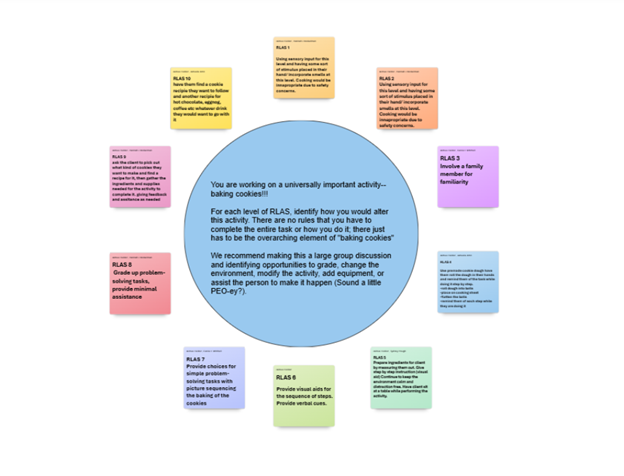
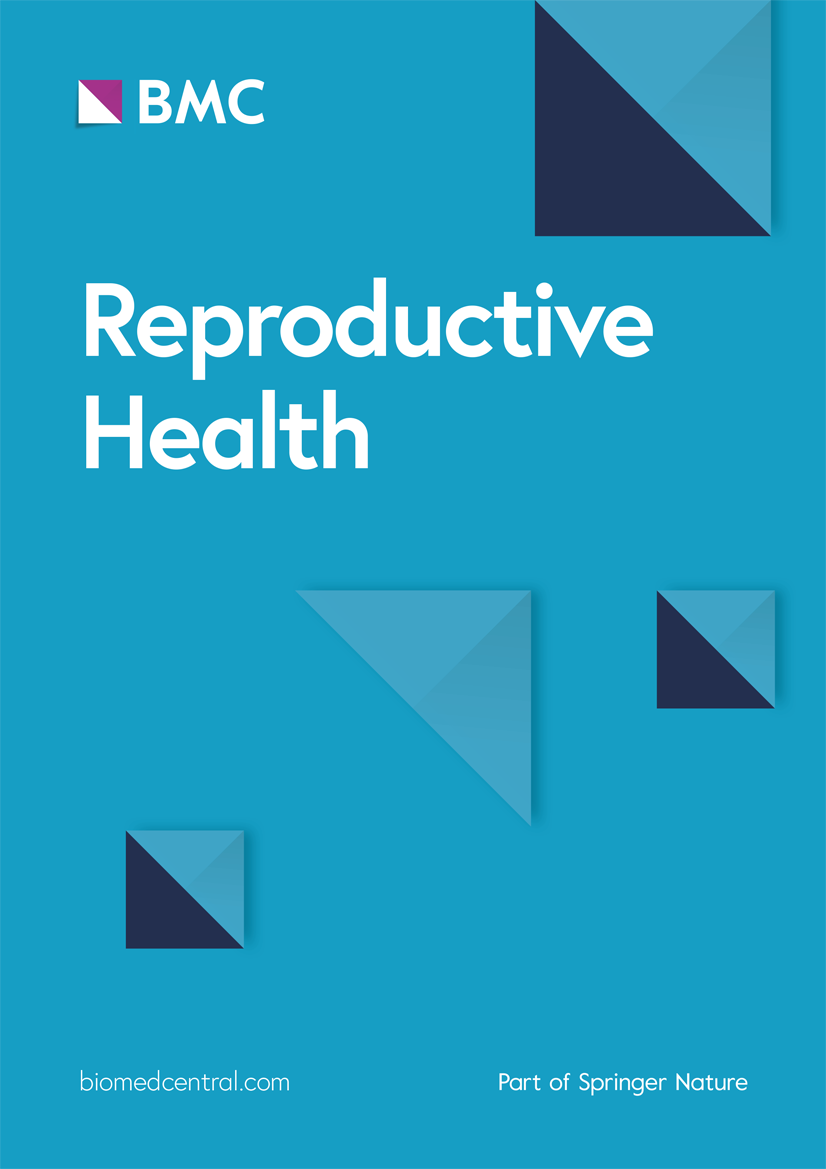


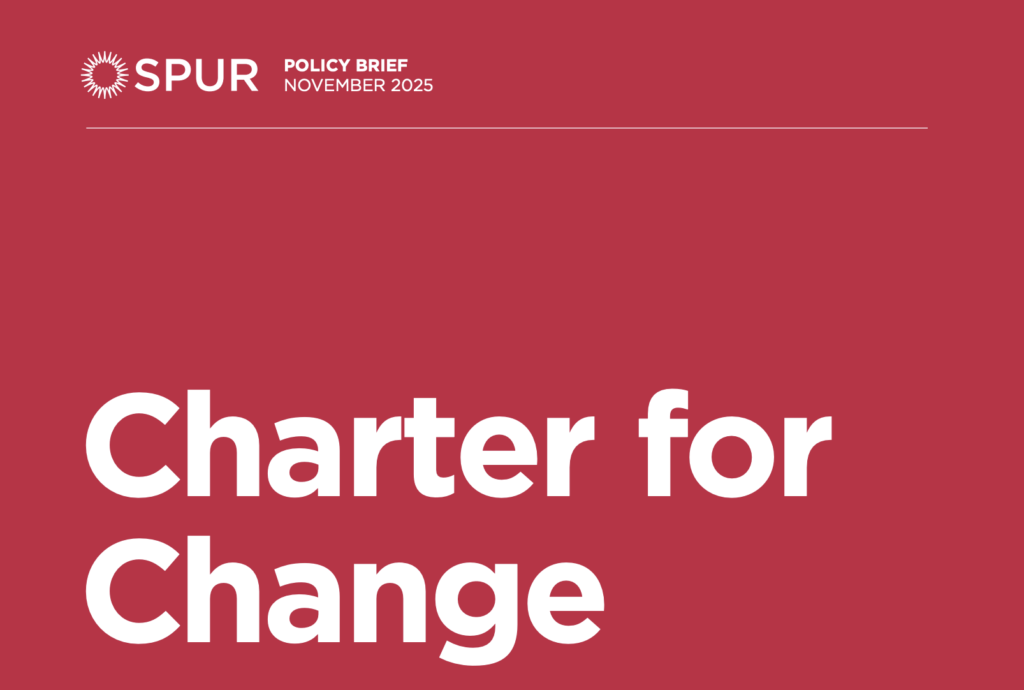
















.jpg?#)








